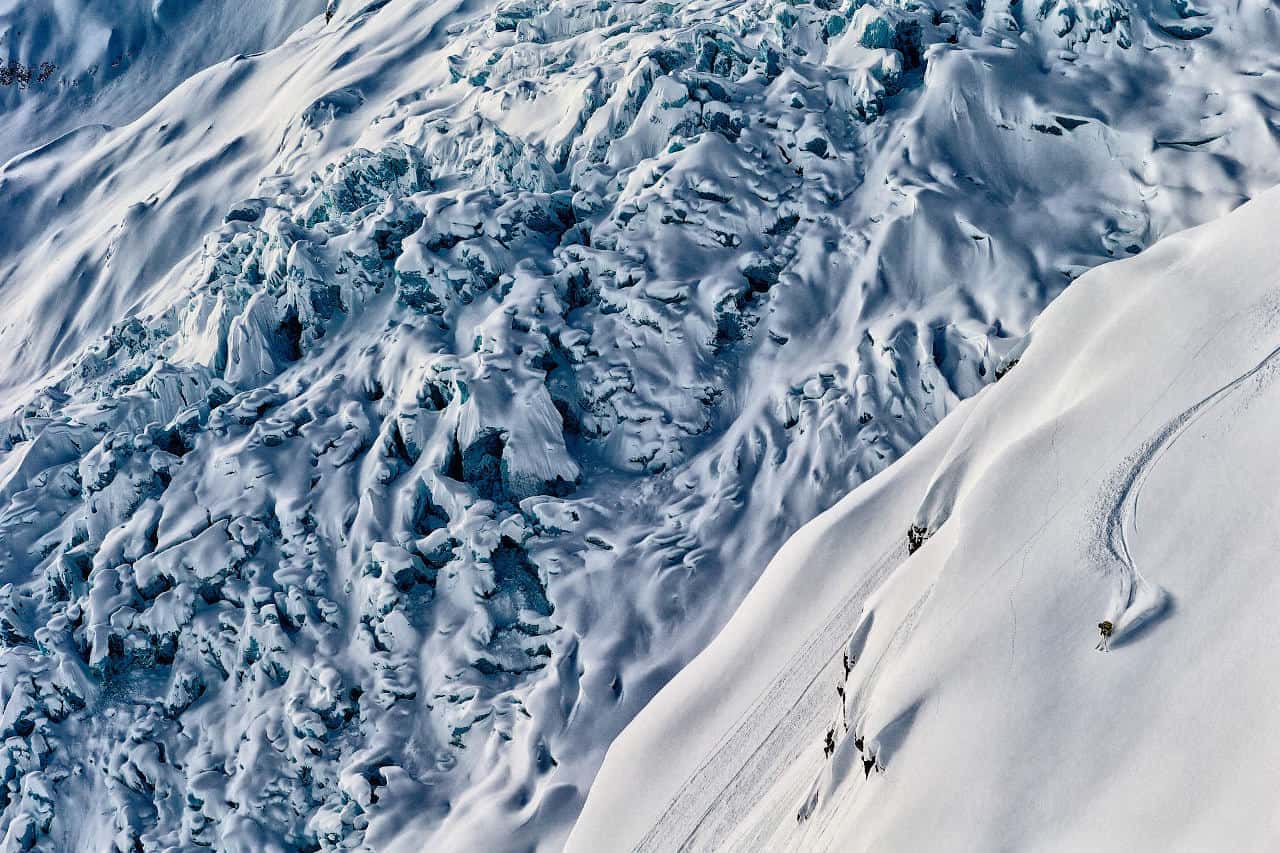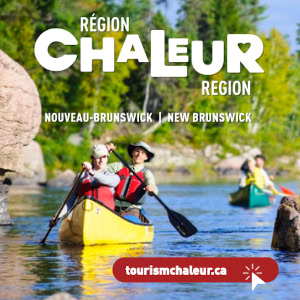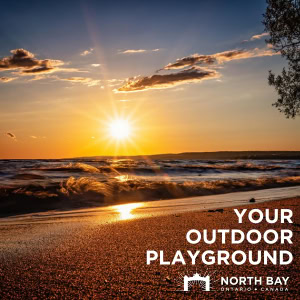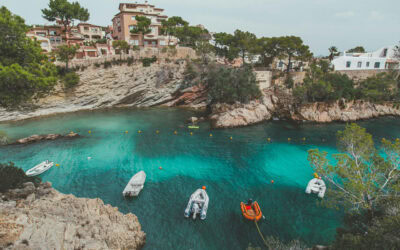If you have been on your fair share of ski holidays, then you probably know how to avoid most rookie mistakes by now. Nevertheless, some of the points here may surprise even experienced travellers, helping them improve their next skiing holiday experience.
Related: Winter getaway: Salvador De Bahia (Brazil) is a luxury option for the curious traveller
For beginners though, the suggestions here should be able to flatten that steep learning curve quite a bit.
Not booking (well) ahead of time
The world was behind locked doors for almost two years and now that international tourism is finally flourishing again in 2022, it can be confidently predicted that skiing crowds are going to be bigger than they have been for a long time. As a result, the longer you wait to make reservations, the more you will end up paying for everything. That is of course, assuming that you would even be able to find any openings at all.
In case you have not booked anything for the holiday yet, check and compare the price of booking complete packages for ski holidays and ski resorts from Skiline. It’s always advisable to compare your options for leveraging the competition between different ski holiday package providers. However, if you wait too long, you’ll lose that leverage.
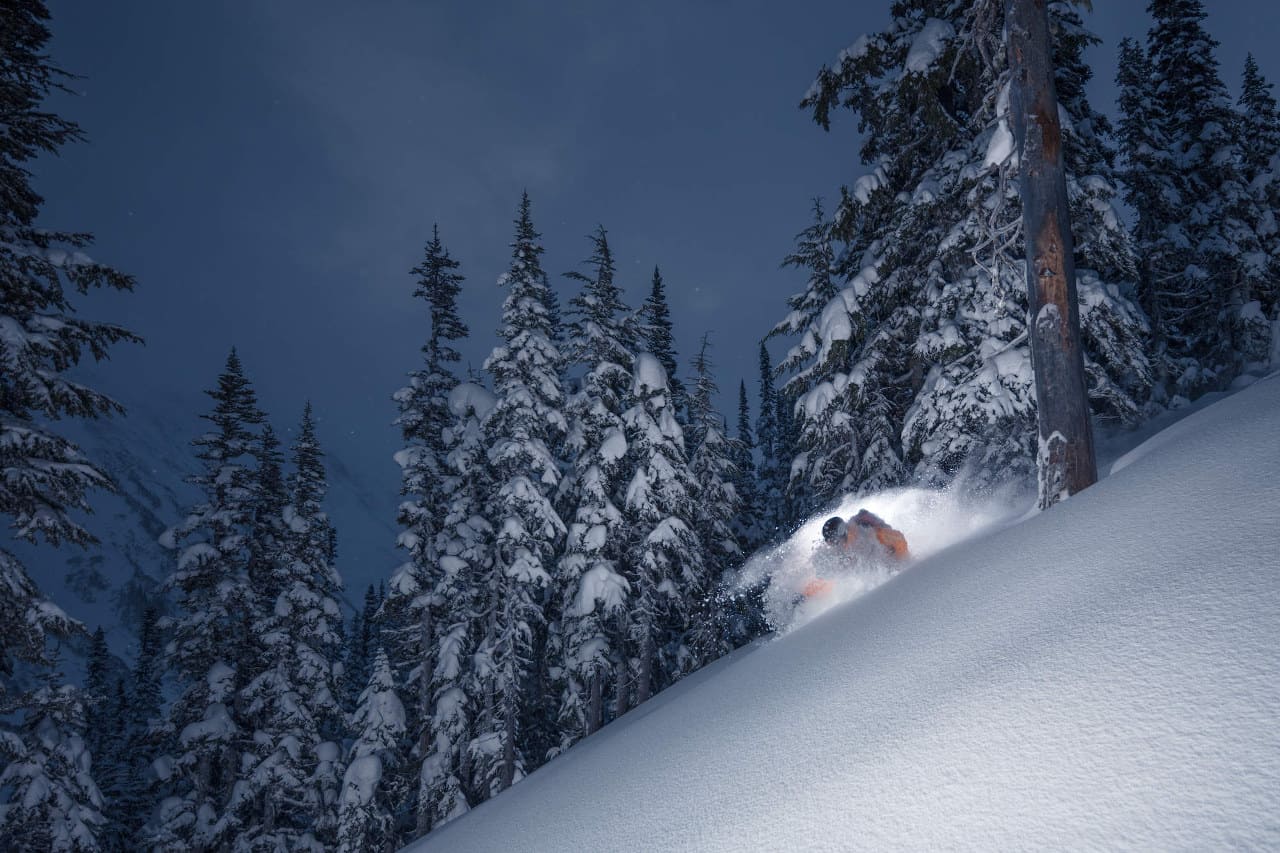
Underestimating the cold
The mountains can be treacherously cold during a blizzard and there is a decent possibility you may have to weather one, depending on where you are travelling for the holidays. Experienced mountain climbers and skiers will unanimously agree that even if you are no stranger to snow and sub-zero temperatures, the cold up top is different.
As the air is thinner, the cold cuts in deeper on high altitudes and then there is also the added issue of high winds. Wind always picks up at higher terrains, and during the winter months, it does not even take a blizzard for the wind to feel like something sharp digging into your skin. Therefore, take your weather warnings seriously, listen to your guide/team leader, and be serious about your winter gear.
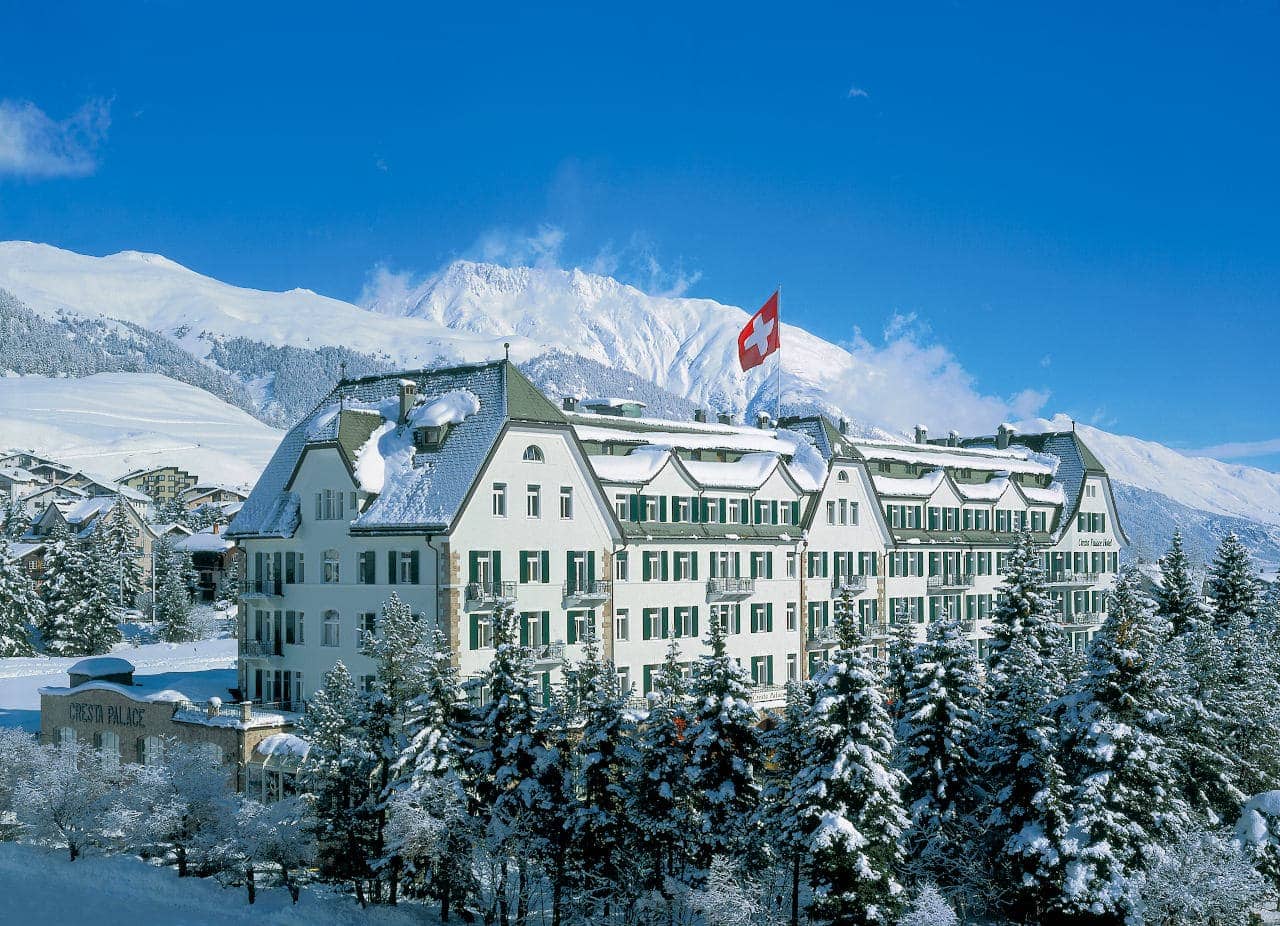
Cresta Palace Hotel, Switzerland
Overestimating one’s skills
If you are just starting out, do not take on mountain trails, skiing dives, or climbs that are clearly not suited for beginners. It does not matter how tough and conditioned you might be physically, but unless you have sufficient, practical experience to take on more advanced adventures on a skiing holiday, stick to safer options. Over time, you will be able to move on to intermediate level quite naturally, but that needs to happen at its own pace. Don’t rush into anything that you are not prepared for, or you will inevitably come to regret that decision.
Trusting experienced friends blindly
This is a really hard piece of advice to follow, especially when you are still young. However, if you want to enjoy your ski holiday, blind trust is a bad idea. If there are friends or fellow skiers in the group who have a lot more experience than you, that is usually good news. They should be able to keep you and the other, less experienced adventurers out of harm’s way. Unfortunately, not everyone is as responsible as they should be, and experience alone does not always change people’s personalities.
If you are unfortunate enough to find yourself alongside experienced skiers with a debatable sense of responsibility towards you, they may choose locations most appropriate for their skill level and simply ask everyone else to tag along. That’s why it’s a bad idea to trust anyone blindly, including your friends. Do some of your own research on a skiing location, before following someone else to it.
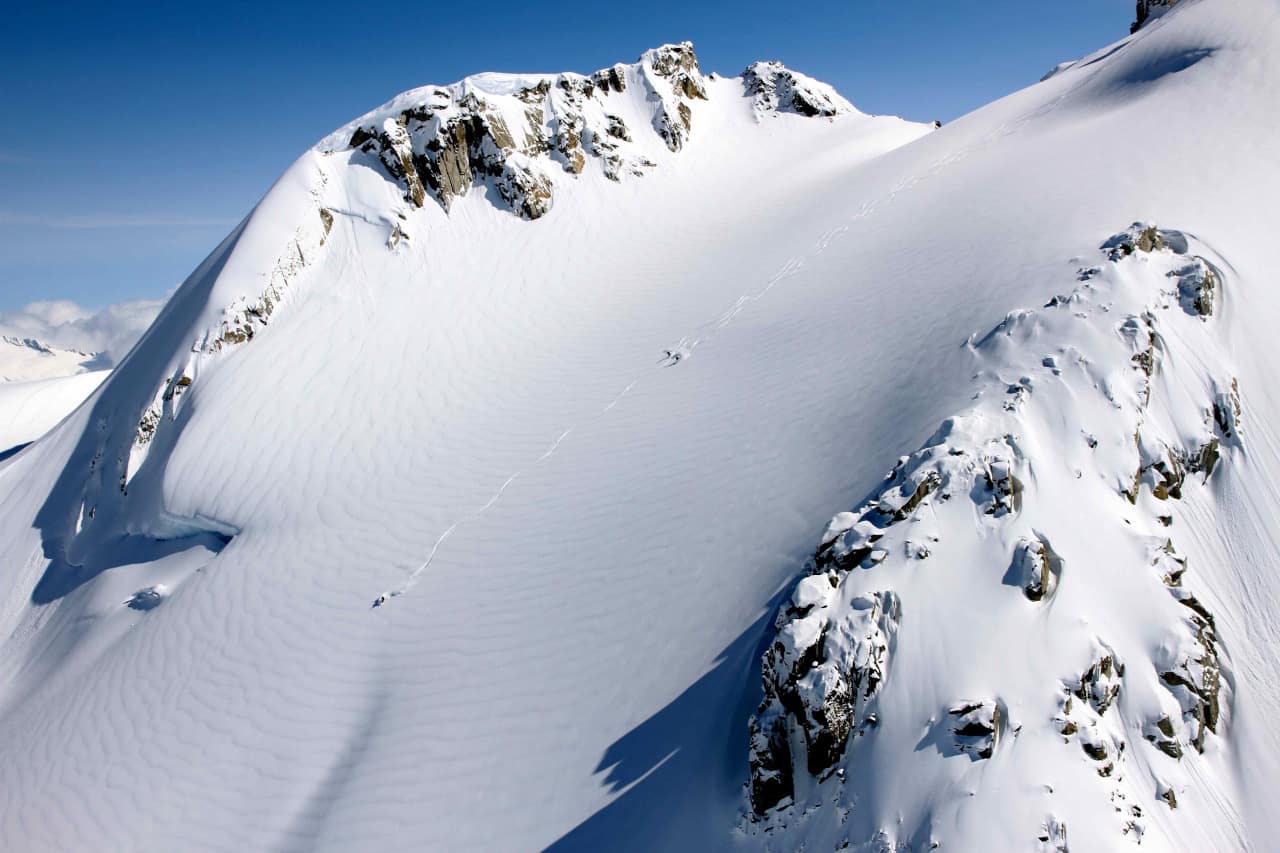
Not seeking professional guidance
The dangers of irresponsible guidance can be avoided almost completely by choosing experienced professionals to guide you. Ski instructors and professional guides are more experienced than the average, seasonal adventurer, but their goals align with that of their clients in perfect unison. Pros have a vested interest in keeping everyone under their wing safe, while also ensuring that their paying customers enjoy their skiing adventures as much as they can.
It will raise the cost of your ski holiday, but that’s an expense worth making for the sake of safety, enjoyment, and assurance. If you are going as part of a ski holiday package though, the cost of paying professional instructors and guides could be included within the package itself. Even if it’s not, tour parties get a bigger discount due to their travelling package provider’s local business connections.
Not preparing for the sun
One of the most surprising phenomena on the mountains is that of the role the sun plays up there. Now, it’s always desirable and good news to see the sun shining through the clouds. It provides us with visibility, which is essential for navigating and allows for taking those stunning shots. A good sunshine will also raise the temperature up by a few degrees, especially after a few days of snowfall.
Therefore, it’s natural for inexperienced adventurers to believe that seeing the sun can only be good news. After all, when you gearing up to avoid hypothermia, frost bites, and chest infections, how can that giant ball of heat be anything but good news?
Unfortunately, there are two issues with the shining sun, despite all the advantages just discussed.
- Sunlight reflecting off the ice can lead to snow blindness and even permanent eye damage.
- A combination of the higher altitude and reflecting sunlight from the ice can lead to nasty sunburns.
- The chances of skin cancer from sunburn at higher altitudes is significantly higher than sunburn at the beach.
The experience of nursing a sunburn at sub-zero temperature is both confusing and extremely painful. Add temporary loss of vision to that mix and the importance of sun protection should become quite evident.
There are a few primary measures that everyone should take to protect themselves against the sun while on a skiing trip:
- Avoid the lure of getting a tan and cover up as much of your body as you can with winter clothing.
- Protect your face and all other exposed sections of your body with a healthy layer of SPF sunscreen.
- Wear UV protected, polarised skiing goggles with interchangeable lenses to protect your eyes against the sun and improve visibility.
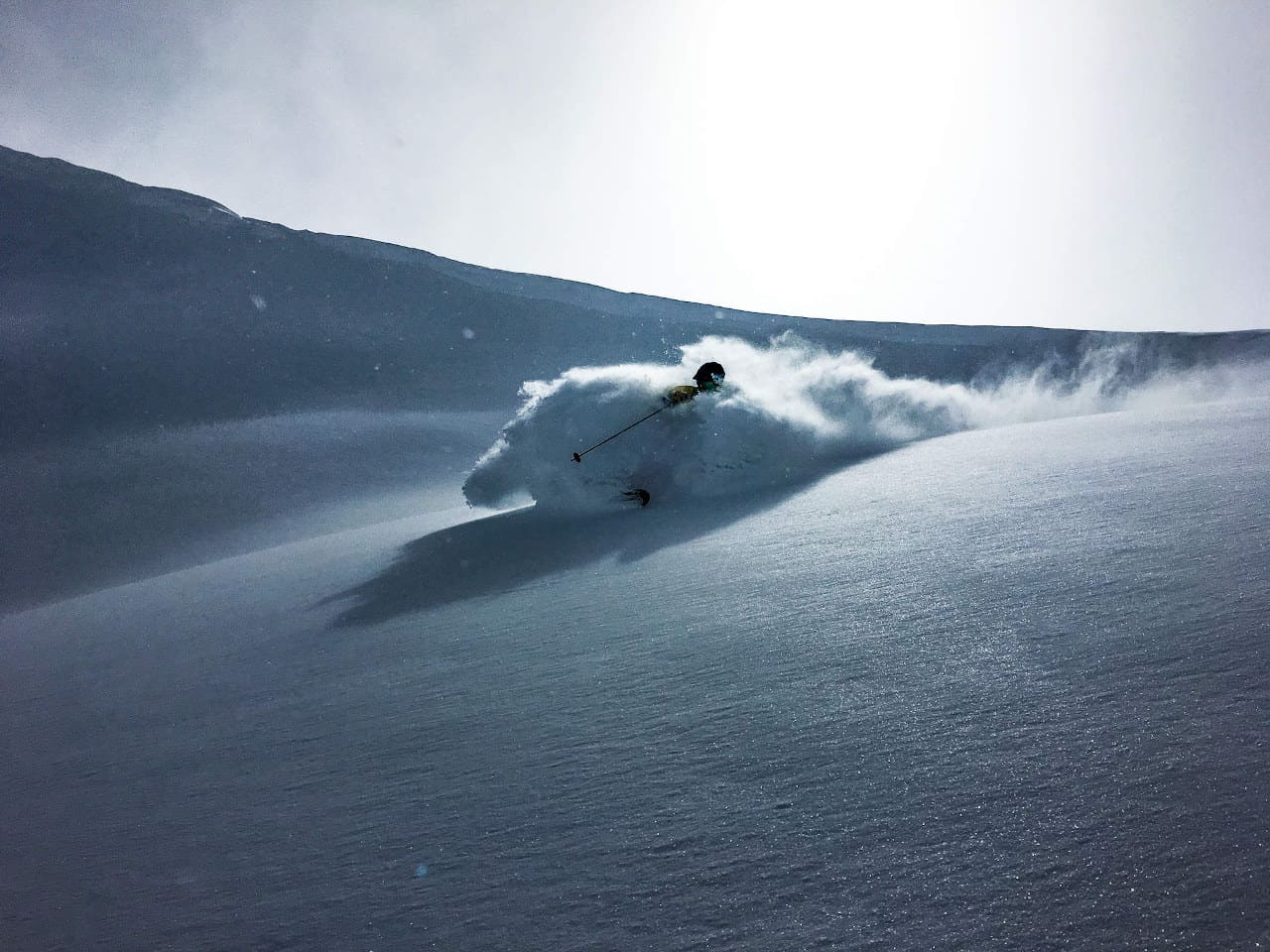
Not reading up on VLT
It is important for every mountain adventurer to know the relationship between lens tints and visible light transmission (VLT). It does take some practice to hone your knowledge with experience, but you should know which lens tints work best for better visibility under what natural lighting condition. Here’s a crash course for quick reference:
- Sunny days: Black, grey, or platinum tinted lenses (less and 25% VLT).
- Partial gloom/cloudy: Red, green, or deep blue tinted lenses (between 25% to 50% VLT).
- Dark and gloomy days: yellow/golden, light blue, and rose-tinted lenses (More than 50% VLT).
As you have probably noticed by now, the suggestions here are not just exclusively useful for skiing but they are quite useful for all your winter adventure plans in general. This includes activities such as rock climbing, mountain climbing, and of course, snowboarding. Stay safe, save money, and plan ahead to get the most out of your next holiday on the snow.
Ski images, except for Cresta Palace: Eric Berger, Jussi Grznar, Eric Poulin, Damian Cromwell and Paul Morrison, Bella Coola, courtesy Last Frontier Heliskiing

I am a 50-something Torontonian who loves everything about my city. It’s been my home, my playground, for my entire life. I went to school here. I met my wife here. I own real estate here. I love writing about the transformation of my city on the world stage, which hasn’t been anything short of dramatic. That continues on, as I write this. I write on the real estate scene. I write on travel and fashion. I like following the world of luxury watches.
But I love writing about cars – check that, luxury cars, a level of superior, engineering sophistication, high performance and style, that transports you not just from one destination to another but also out of whatever you are going through on a particular day, whatever mood you are in, all to another head space. It’s complete and total exhilaration, head to toe.
Check out my stories, and email me direct at mkeast@regardingluxury.com



